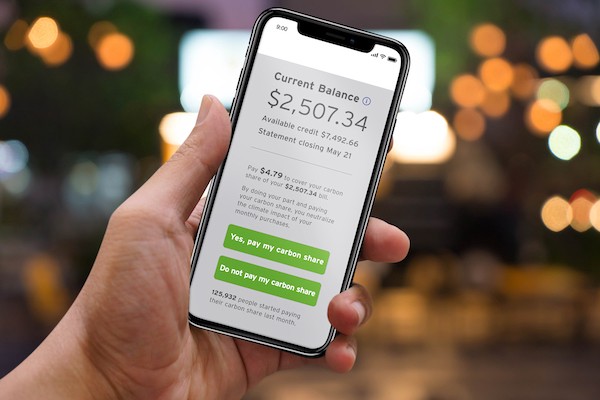
Think for a moment about all of the things you did and paid for in the last year. Flights, car trips, cooling your home, restaurant bills — it adds up. If you had to guess, how much do you think it costs to offset all your greenhouse gasses related to those activities (i.e., pay to remove or prevent an equivalent amount of emissions)? Write down that number. We’ll come back to it later.
A team at Rare’s Center for Behavior & the Environment (BE.Center) and California Environmental Associates recently published a report identifying the behaviors individuals can adopt to most effectively address climate change, particularly highlighting greenhouse gas mitigation potential. The behaviors might surprise you. What behaviors don’t make the cut? Activities like recycling or using less plastic. While important in reducing waste and conserving natural resources, these activities don’t have the biggest climate impact. What behaviors do make the cut? Those include switching over to a green energy provider, eating a plant-rich diet, and purchasing carbon offsets. At the BE.Center, we see these behavioral problems as needing behavioral solutions. We are therefore investigating how we can apply behavioral science to increase the adoption of these behaviors.
One avenue for changing people’s behavior is choice architecture, where you redesign the context in which people make choices so that their cognitive biases make them more likely to engage in the intended behavior. One such bias is people’s tendency to “anchor” to previous numbers in their head, even when those numbers are completely irrelevant to the task at hand. Let’s look at an example, taken from Dan Ariely, George Lowenstein, and Drazen Prelec’s 2003 study. To start, think of the last two digits of your social security number.
Now, without any searching on the internet, think about how much you would be willing to pay for this bottle of wine:
Ariely and colleagues found that those who had an above median last two digits of their social security number (e.g., 85) were willing to pay 57 percent to 107 percent more than those with a below median social security number (e.g., 12). While an individual’s social security number is obviously irrelevant to the true price of the wine, people anchor their estimate to whatever number they were last thinking of.
So how can the anchoring effect spur pro-environmental behaviors? One of the behaviors that was identified in our report as having a big impact was purchasing carbon offsets, which are payments made to either remove greenhouse gasses from the atmosphere or prevent them from entering the atmosphere in the first place.
Now, let’s return to your estimate for how much it costs to offset one year of your carbon emissions.
For the average American, it costs less than $88 to offset their annual carbon emissions with high-quality offsets (16.6 tons at $5.27 per ton). If that is a lot less than you thought, you aren’t alone. In a study we conducted with 678 American adults, we found that the median person thinks it costs $1,000 to offset their emissions. At the same time, we wanted to test whether using anchoring could have an impact on carbon offset purchasing behavior: just like Ariely and colleagues did with wine, could we get people to be more willing to purchase carbon offsets by anchoring them to their (incorrect) high valuations, making offsets seem like an even better deal?
All of our participants were first told what carbon offsets were. Then, only half the participants were asked to estimate how much they thought it would cost to offset one year of their carbon emissions (the “anchored” participants). After that, all participants were told that it only costs $88 for the average American to offset their annual carbon emissions. They were then asked how likely they were to purchase carbon offsets in the next year on a scale of Extremely Likely to Extremely Unlikely.
The anchoring hypothesis predicted that the anchored respondents who estimated their emissions would choose a higher value, and therefore be more willing to purchase carbon offsets than those who were just told the low cost straight away. Indeed, this is exactly what we found. The anchored respondents were 19 percent more likely to say they were either Extremely Likely or Somewhat Likely to purchase carbon offsets than the unanchored respondents (an absolute increase of 8 percentage points).
All participants were also given the opportunity to click through to the website of Cool Effect, a provider of quality offsets, to learn more. Interestingly, 35 percent of participants clicked through to Cool Effect, demonstrating a rather high interest in learning more about carbon offsets, although this did not differ between the anchored and unanchored participants. The next step in this line of research will be to move from intent to purchase to actual purchasing, to see if personal intentions translate into actual behavior.
By identifying the pro-environmental behavior of purchasing carbon offsets as a behavioral problem, we are able to bring the tools and insights of behavioral science to bare on it. Currently, a tiny proportion of Americans purchase carbon offsets, but our finding suggests that by using people’s natural susceptibility to anchoring, we may be able to increase purchasing simply by asking people to consider how much they would guess it costs and draw comparisons. And by harnessing the power of this cognitive bias, we have the opportunity to score some big climate wins along the way.